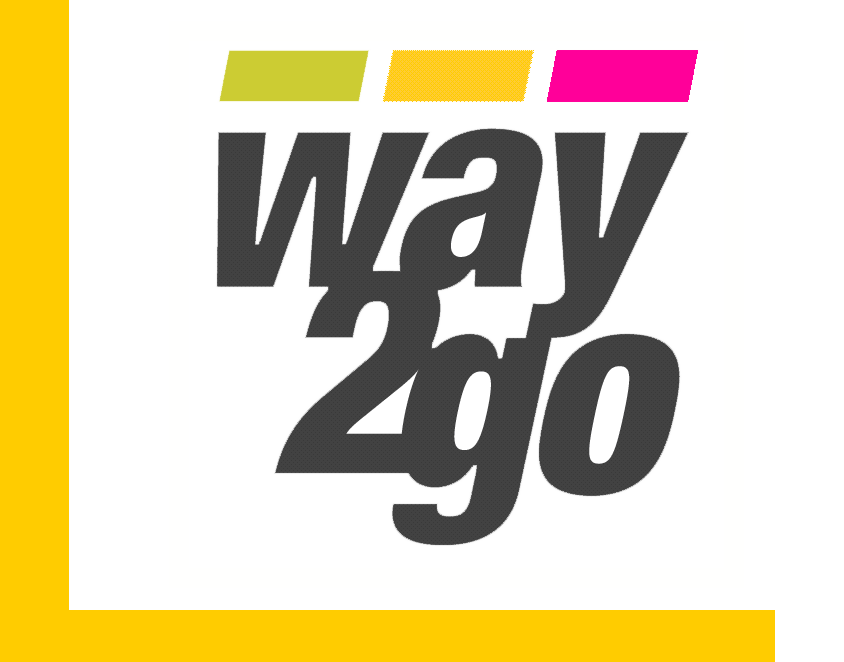
Topic 4: Making smart decisions
Learning intention
Students will know how to make considered decisions for their own and other's safety and wellbeing.
Time: 60 mins
Materials
Download Topic 4 PowerPoint | Student Learning Journals | Intersection quiz answers
Australian Curriculum links
Health & Physical EducationYear 3/4 - ACPPS036 Identify and practise strategies to promote health, safety and wellbeing Year 5/6 - ACPPS054 Plan and practise strategies to promote health, safety and wellbeing | Cross curricular opportunitiesEnglishYear 4 ACELY1687 Interpret ideas and information in spoken texts and listen for key points in order to carry out tasks and use information to share and extend ideas and information Year 5 ACELY1699 Clarify understanding of content as it unfolds in formal and informal situations, connecting ideas to students’ own experiences and present and justify a point of view Year 6 ACELY1709 Participate in and contribute to discussions, clarifying and interrogating ideas, developing and supporting arguments, sharing and evaluating information, experiences and opinions | General capabilitiesCritical and creative thinking Personal and social capabilities |
Instruction guide: How to make considered decisions
- Share the lolly predicament with the class. Model the process for making a decision by asking the associated questions (refer to PPT). Record the responses in a table.
PPT Questions- What action could you take?
- What is the consequence/s of each choice?
- Is the consequence wanted, not wanted or are you unsure?
Students may disagree on if the consequence is wanted or not. If so explore why this can happen and how to handle this respectfully.
- Is one consequence wanted or not wanted more than another?
Choices
Consequences
Outcome wanted/ not wanted
Eat the lolly
Get to eat the lolly straight away
Only get to eat one lolly
Wanted
Not wanted
Wait until you get the second lolly
Have to wait until he/ she comes back
Get to have two lollies
Not wanted
Wanted
Ask students to make their own decision individually and then ask for volunteers to share their decision and reasons with the class.
Use students reasons for their decision to explore how values influence our thinking.
eg. Health and food choicesRefer students to pg. 32 - 34 in their student learning journal and ask them to choose one scenario or write one of their own that relates to bike riding. Check their understanding of the task, if needed provide additional help by modelling one of the listed scenarios before students move off to work individually.
Encourage students to consider how others might influence them and if this is helpful.
eg. Scenario 1. Peer pressure to ride using unsafe equipment.For students that finish early, have them complete the activity on pg. 26-27.
Conclude by telling the class that the instructors and teachers will be observing whether they can make safe and responsible decisions. Explain that it is part of their assessment and will help the adults decide if they can join them for a ride outside school grounds.
- Get students to complete the intersection quiz on pages 38-41.
- As a class share the correct answers and discuss why it is the safest option.
- Students then identify an adult that they could conduct the quiz with, and plan when they will do it. Once they have completed the quiz they share the correct answer and discuss the reasons why with the adult.
Once students have completed the quiz with an adult consider summarising how many got the answer correct for each question. Analyse the data by asking them what it might mean for how drivers and bike riders share the road safely. Explore what action they could take to promote safe travel in the local community.
Have students share their decision with a parent or carer. The parent provides feedback that the student records. The parent signs on pg. 35
Extension
You may negotiate to do the junctions quiz in the practical session with instructors. Check with your Way2Go Bike Ed coordinator.
Assessment
Student learning journal – Making decisions
- Share the lolly predicament with the class. Model the process for making a decision by asking the associated questions (refer to PPT). Record the responses in a table.


